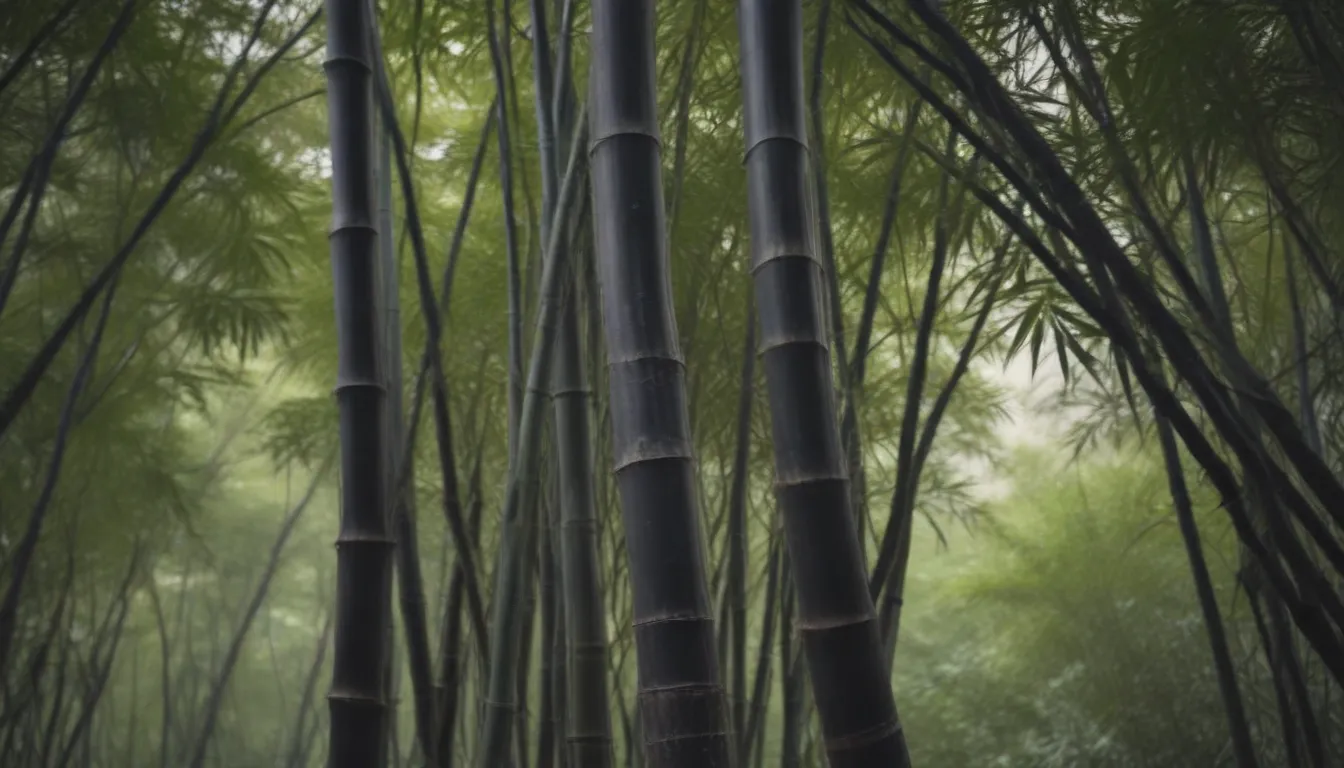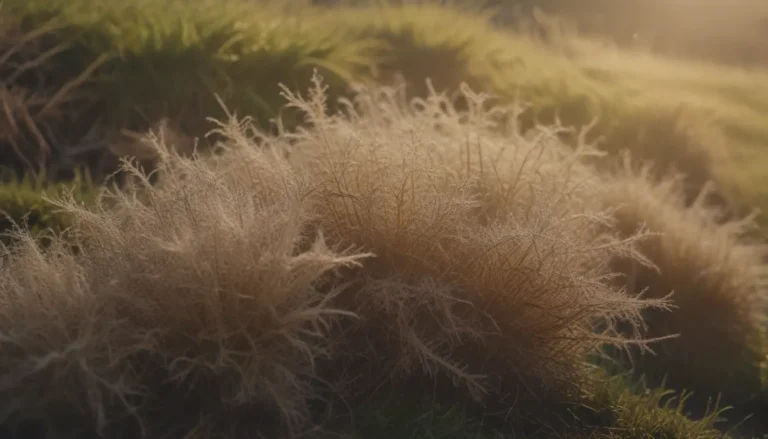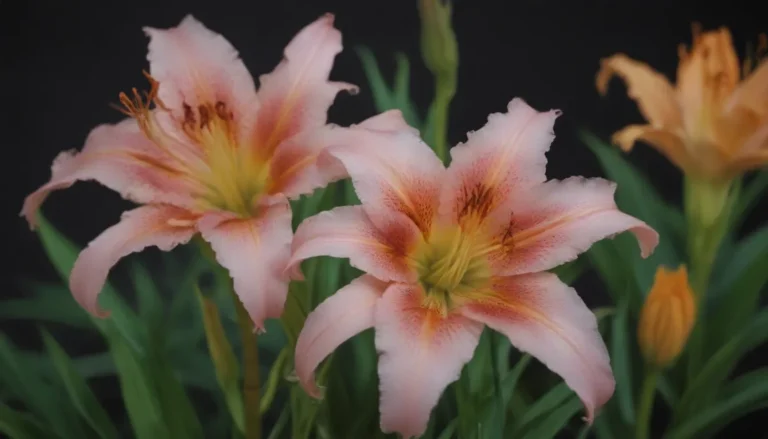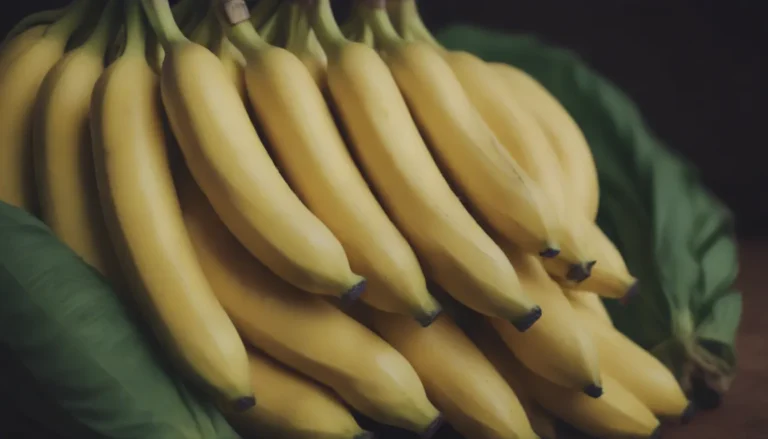How to Grow and Care for Black Bamboo: A Complete Guide

Black bamboo is a striking and exotic choice for your garden or landscaping project. Known as the diet of choice for panda bears, bamboo is part of the Poaceae family—making it a grass, despite its height and tree-like stability. Phyllostachys nigra, commonly referred to as black bamboo, is famous for its ebony-colored stalks, or culms. It is a running bamboo, which means it spreads and grows rapidly through underground rhizomes. This can cause black bamboo to be very invasive if not controlled. However, its rapid growth is not all bad. Black bamboo is perfect for creating dense walls or natural privacy fences and noise barriers.
Black bamboo culms first appear green before transitioning to their famous black coloring during the second or third year of growth. These culms support bright green, long, lance-shaped leaves, providing a striking contrast against their black color. This variety of bamboo can grow up to 30 feet high with each culm growing up to two inches thick. It is one of the hardier bamboo species and can be grown in colder climates than most other types of bamboo. Even northern gardeners can enjoy this tropical plant by taking it indoors for the winter.
Black Bamboo Care
Black bamboo thrives in sunny areas with moist, nutrient-dense, well-draining soil. The shallow root system of bamboo means that harsh winds could cause damage or uproot them. Planting black bamboo in an area where it is sheltered from gusty conditions is ideal. In favorable growing conditions, black bamboo’s rapid growth can cause this plant to dominate your landscaping quite quickly. To prevent this, root pruning or root barriers can be used to keep the plant contained.
Tips for Black Bamboo Care:
- Plant in a sunny area with moist, well-draining soil
- Protect from harsh winds to prevent damage
- Consider using root barriers to control growth
- Regularly monitor and prune to keep it in check
Root barriers include sheets of fiberglass or polypropylene that are buried up to 36 inches deep to prevent roots and rhizomes from traveling outside of the desired area. If you do not have a large area to allow this running plant to spread, growing in containers is a great option and naturally controls the spread of the bamboo.
This bamboo species is a gregarious flowering bamboo, which means that every black bamboo plant around the world will bloom around the same time. This only happens every 40 to 60 years, and that generation of bamboo dies shortly after. The seeds can be collected and planted to start a new stand of bamboo growth.
Warning:
Black bamboo uses runners to propagate, rather than forming clumps like many other grass varieties. As a result, its growth is considered fast and aggressive. The underground rhizomes easily lead to this plant popping up in unexpected places around your garden and yard. Eradicating it requires removing every piece of rhizome, which can prove to be a real challenge if left unchecked.
Light:
Black bamboo is not overly picky when it comes to light conditions. It can be grown in anything from full sun to partial shade.
Soil:
Black bamboo loves nutrient-rich soil. Moist, loamy, well-draining types are ideal for optimum growth. A mix of sand, clay, and silt is a great combination, but black bamboo can adapt to many soil conditions as long as it is well-draining. To help keep your soil a healthy balance of moist and well-draining, try adding a layer of mulch around your bamboo.
Water:
Black bamboo loves water and will benefit most from a consistent watering schedule. Try to keep your soil moist, but never soggy. For bamboo plants in a container, you will need to water more frequently. Depending on the humidity and temperature in your area, you may need to water these plants as often as every other day.
Temperature and Humidity:
Considered one of the hardiest bamboo species out there, black bamboo can be grown in zones 7 to 10. Despite being a tropical plant, this bamboo variety can withstand temperatures down to 0 degrees Fahrenheit. This makes black bamboo a perfect choice for northern gardeners. For those living in areas with harsh winters, black bamboo grown in containers can easily be brought indoors for the colder months. As for humidity, black bamboo is quite tolerant of varying conditions. However, if kept indoors, the occasional misting will ensure better growth and vitality.
Fertilizer:
To promote healthy growth, you might choose to fertilize black bamboo for a boost of additional nutrients. Choose a fertilizer that is high in nitrogen for the best results; this type of fertilizer is typically best for grasses. Apply fertilizer in the late spring and again in the middle of the growing season.
Harvesting
Bamboo shoots make an interesting and fun addition to vegetable stir-fries and are often used in Asian cuisine. To harvest the young sprouts, wait until they are a few inches tall. Try to harvest while they are 6 inches or less for the best flavor. Using a sharp knife, cut the shoot at ground level. Be sure to harvest plants sustainably and responsibly, making sure not to strip the plant of all of its new growth. When you are ready to prepare your harvest, cut the shoots in half length-wise and remove the hard outer sheath. Then, cut them to the desired thickness and boil or fry them.
Pruning
Bamboo is known to be a fast-growing plant, which adds to its appeal as a natural privacy barrier. However, to keep the height of your bamboo in check, you should plan to occasionally prune the plant to your desired height. Pruning bamboo to control growth should be done in the spring. The nodes of the plant provide an easy visual cue on where to cut back the height of each stalk. Cut each stalk just above a node. In addition, curb unwanted growth of in-ground black bamboo plants by cutting new shoots that sprout from the rhizomes to ground level. Keep in mind that this will check the growth of this plant, but it is a prolific spreader once planted directly in the ground and you may not be able to control its growth simply by cutting back new growth.
Propagating Black Bamboo
Propagating bamboo is simple and best done by division. It is ideal to divide bamboo plants in the late winter or early spring.
Potting and Repotting Black Bamboo
Black bamboo can easily be grown in containers, which is a perfect choice for those with smaller yards or who want to keep it inside. When choosing a container, try to find one that is short, wide, and bottom-heavy. Adding rocks to the bottom of the container can help with this. Because bamboo grows to be so tall, a lighter, taller pot can easily get blown over. Since black bamboo is a running bamboo and a rapid grower, it may outgrow its pot quicker than other species. You will need to repot once your bamboo is root-bound. Potted bamboo will need more water than plants in the ground, so be sure to keep tabs on your soil moisture. Place your pot in a sunny, wind-sheltered area and enjoy its striking looks and green foliage.
In conclusion, black bamboo can be a stunning addition to your garden or landscaping project if properly cared for. By following these tips and guidelines, you can ensure that your black bamboo thrives and adds beauty to your outdoor space. So, go ahead and plant some black bamboo to enjoy its unique beauty and benefits!





